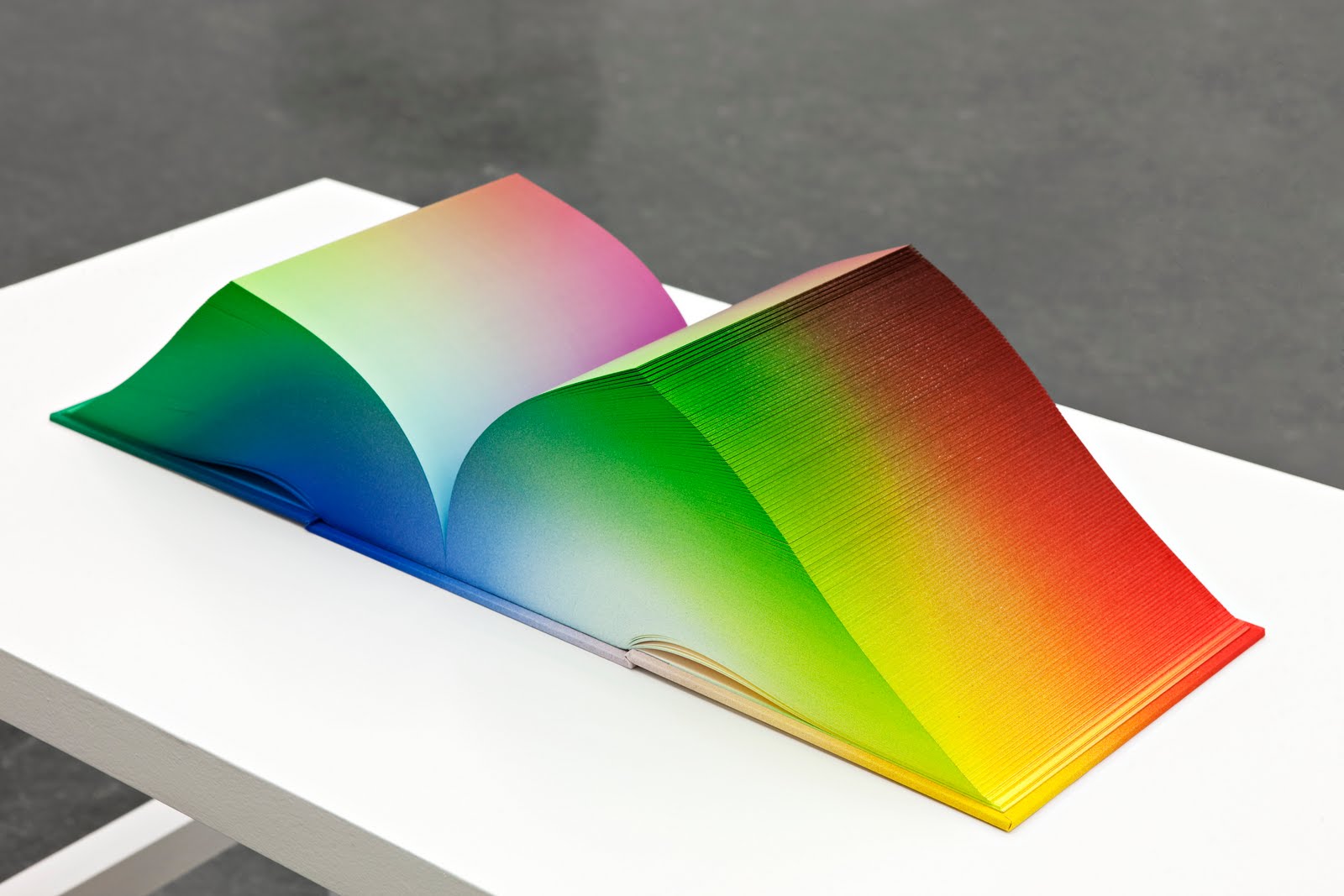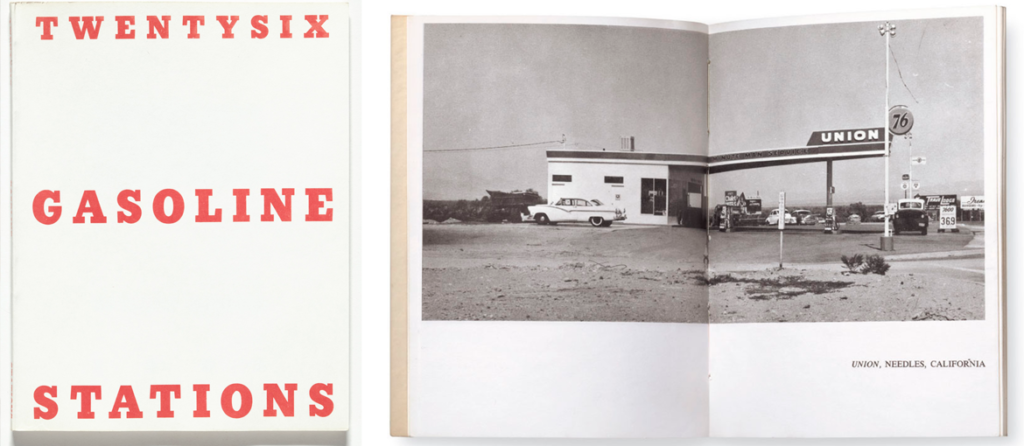While a book on art broadly encompasses all texts related to art, such as catalogues, monographs on artists, essays, and critiques, an artist’s book stands as an art piece itself, adopting the book form as its medium. At times, it’s the physical shape of the book that inspires the artist, at others, its intended use. Artist’s books can feature elaborate printing techniques, layouts, and bindings to the extent that they become genuine art objects (known as “object-books”), while in other instances, even with a traditional appearance, it’s the way the content is presented that captures attention. These books might be produced in extremely limited editions, sometimes as unique pieces, or in larger quantities to facilitate broader distribution.
The distinctiveness of an artist’s book lies in its capacity to challenge preconceived notions about what a book is supposed to be in terms of its essence, appearance, and purpose.
From the inception of the printed book in the 15th century, artists have contributed to their illustration. Yet, it wasn’t until the 20th century, with the emergence of Avant-garde movements, that books began to be seen as art objects in their own right. The Futurism movement’s artist books serve as prominent examples of this shift.
This article, however, chooses to spotlight the developments that occurred in the latter half of the 20th century, particularly post-1960s, when the art book transitioned from a symbol of elitism to a populist means of communication. The examples highlighted here aim to provide a glimpse into the vast and remarkable diversity of forms that artist’s books have adopted over recent decades, albeit not an exhaustive overview.
From the 1950s onwards, European artists began to experiment extensively with the book format, exploring unconventional bindings and print methods. Bruno Munari was notably prolific in this area, innovating with the book format through creativity, imagination, and innovation. Starting in 1949, Munari produced a series of “unreadable books,” focusing on the book format and how it is experienced, prioritizing visual communication over textual content.
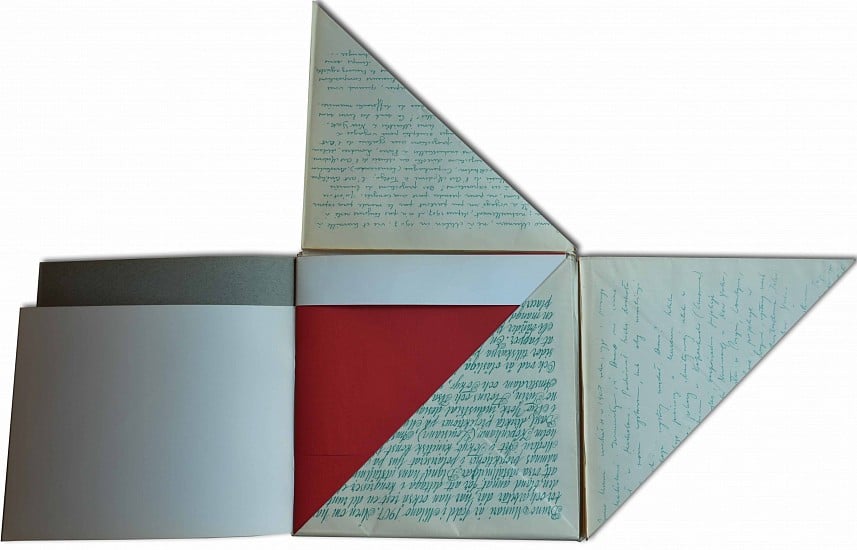
One such creation is Quadrante Illeggibile Bianco e Rosso, consisting of 40 sheets of white and red cardboard cut into various shapes, presenting a new visual arrangement with each page turn. The cover is a sheet folded multiple times into a triangle pattern, featuring a biographical note about Munari translated into eight languages.
Dieter Roth, a Swedish artist, mastered the artist’s book by employing printing skills from his advertising career, later innovating by printing on unconventional materials like plastic and incorporating edible elements into his creations.
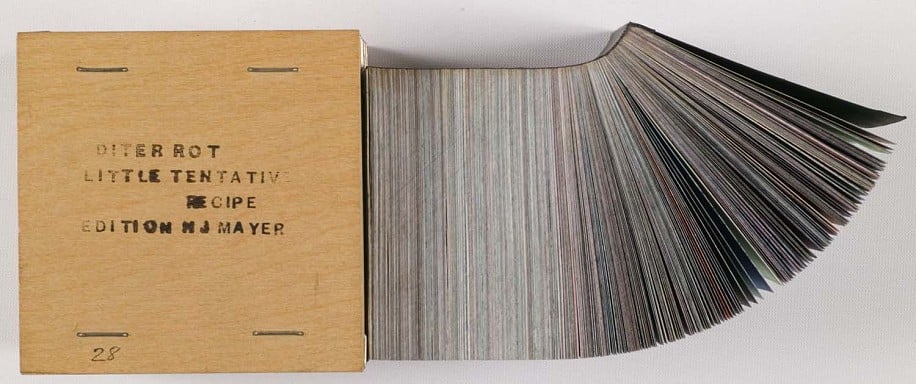
Little Tentative Recipe, a tiny, cube-shaped book housed in a tea bag box, contains 800 color offset prints created by Watford School of Art students under Roth’s guidance.
In Los Angeles, Edward Ruscha took a different approach to creating art books by using commercial printing methods, large editions, anonymity, and making them economically accessible. Ruscha, with his thematic photographic collections, pioneered a new direction in the artist’s book genre.
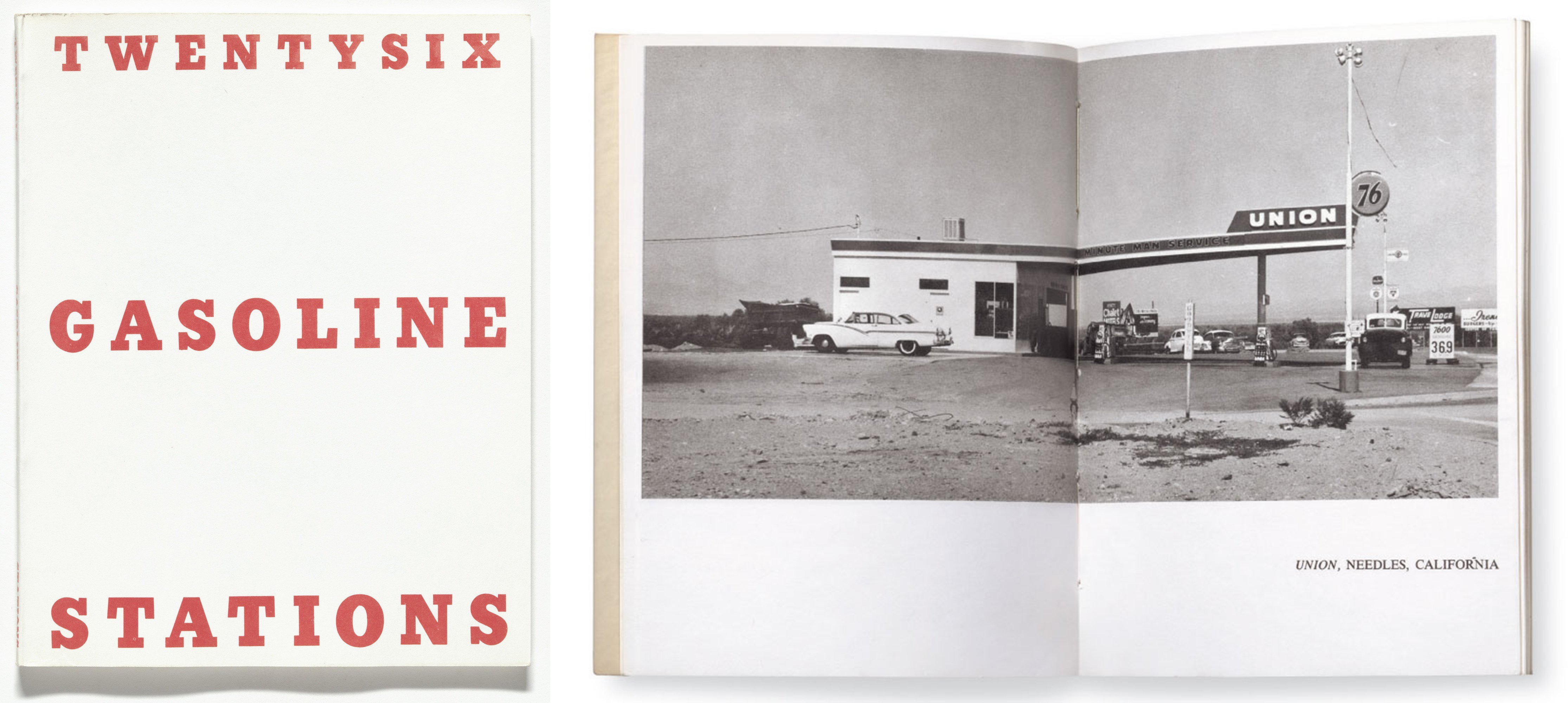
Vincenzo Agnetti’s Libro dimenticato a memoria serves as a prime example of conceptual art in book form, featuring a book so extensively modified that only its borders remain, symbolizing the paradox of memory that necessitates forgetting to make room for new knowledge.
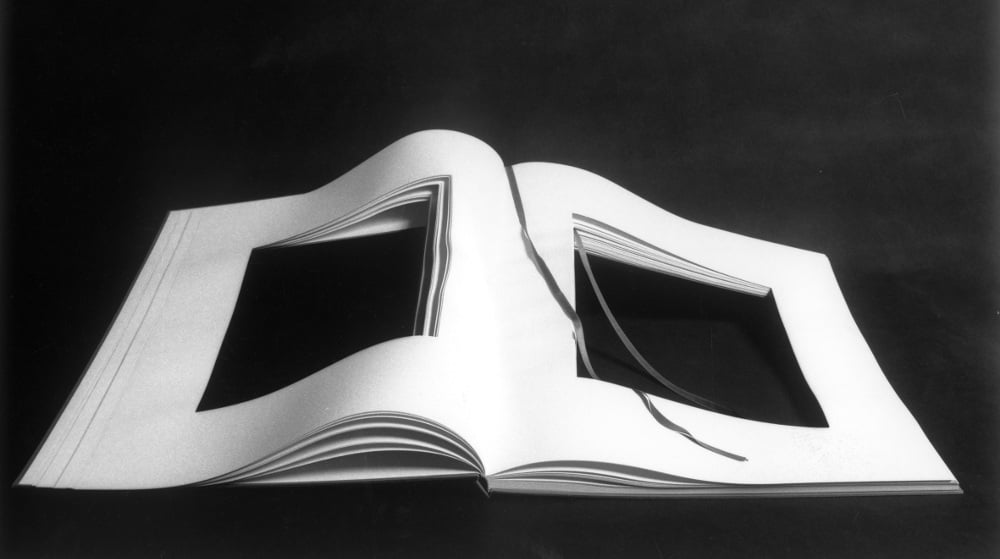
In the digital era, decades after predictions of its demise, the book as a medium is witnessing a resurgence in the art world, fueled by digital innovations, new techniques, and self-publishing opportunities.
Tauba Auerbach’s experiments, particularly the RGB Colorspace Atlas, showcase the potential of the book format in the digital age. This cubic book visually explores every conceivable color within the RGB spectrum, a model typically used for digital displays, highlighting the ongoing evolution and relevance of the artist’s book in contemporary art.
